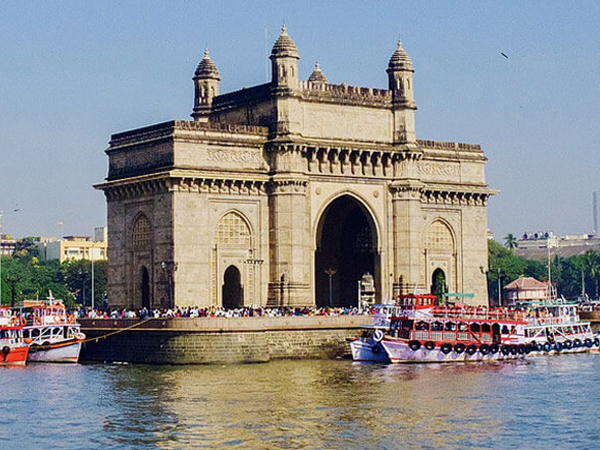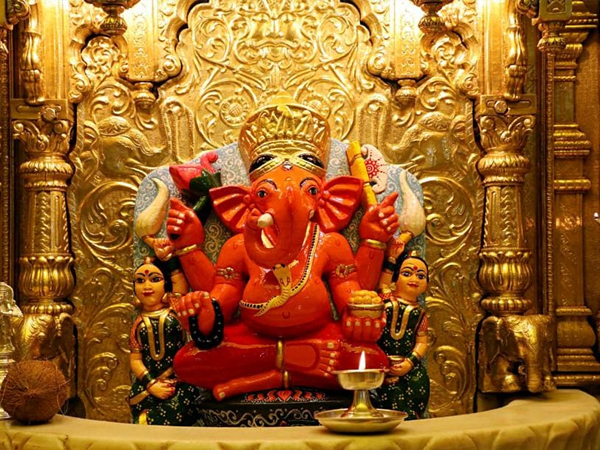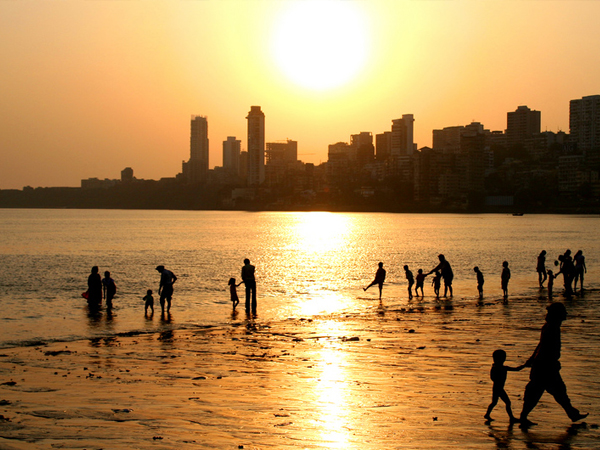A serene place with holy monasteries, lush valleys, rocky mountains, and pristine rivers holds a lot more than what meets the eye. The Culture of Bhutan fascinates every person who comes across it. And even the better part is the people and the government’s determination to preserve and promote their cultural values. This is why we can still see its essence in every nook and corner of the country. Some of the essential things that entail Bhutan’s Culture are its festivals, architecture, food, and traditional dress.
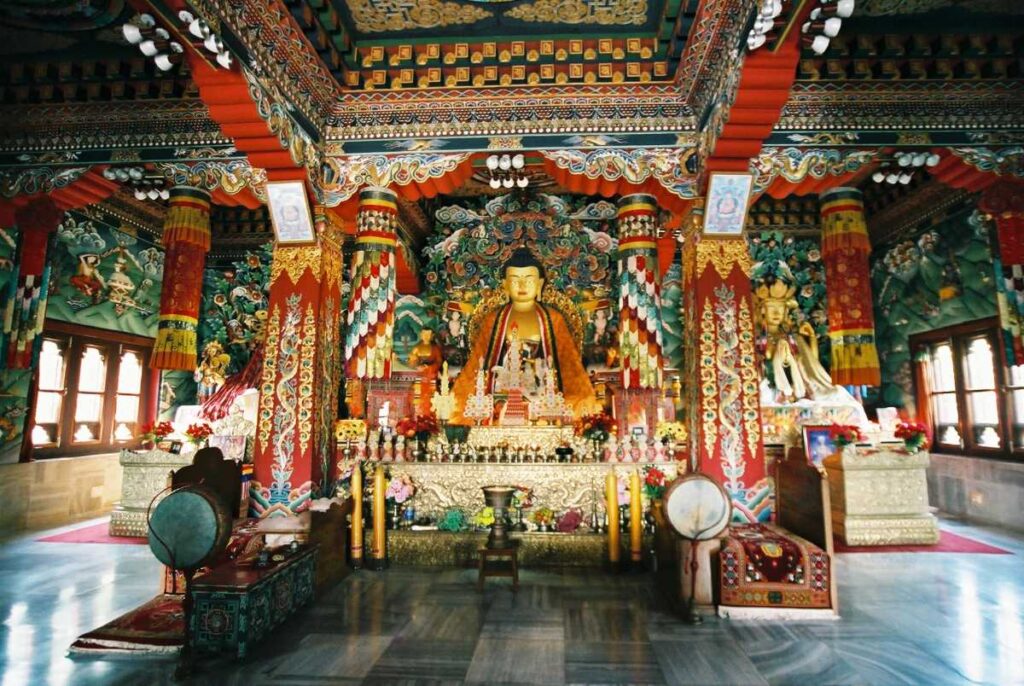
- Religion of Bhutan – Traditional Beliefs and Practices in Bhutan’s Culture
The predominant religion in Bhutan is Buddhism, followed by Hinduism. As a result, Bhutanese culture is very much influenced by sacred Buddhist values. Bhutanese live by their religious values and greatly respect their gods and deities. Hence, there is no shortage of monasteries, chortens, Lhakhang, etc., in the country. There are colorful prayer flags on hillsides, at the entrance of cloisters, etc., considered sacred. The Dzong, a unique combination of a fortress and a monastery, is present in every district or Dzongkhag.
Buddhist monks reside in monasteries located high in the mountains. They lead short life with no luxuries. A monk is generally admitted to the monastery at six to nine and takes his lessons under a headmaster. A tiny morsel is kept on the floor to offer deities before eating in joint families. So, religion plays a vital role in deciding the lifestyle of people.
- Birth, Marriage, and Death in Bhutan
The culture of Bhutan is quite festive when it comes to the birth of a child, and it is one of the very few countries that does not discriminate between a boy and a girl. However, no outsider can enter the house for three days after a baby is born, and it is only after a purification ritual that the guests can enter. A local lama keeps the baby’s name, and there is no family name as such. Instead, the name combines two traditional characters, and the second name usually indicates gender.
In Bhutan, marriage is not usually a big deal, and hence, the wedding ceremony is kept simple. Marriage between cousins is prevalent. This has been going on for years, but the educated masses discourage it now. In some parts of Bhutan, the groom goes to his wife’s home instead of the other way around.
Death of a person means passing on one life to another, i.e., re-birth. Prayer flags are erected in the memory of the departed person, and the relatives and neighbors come to attend the funeral and other rituals with simple eatables and souvenirs.
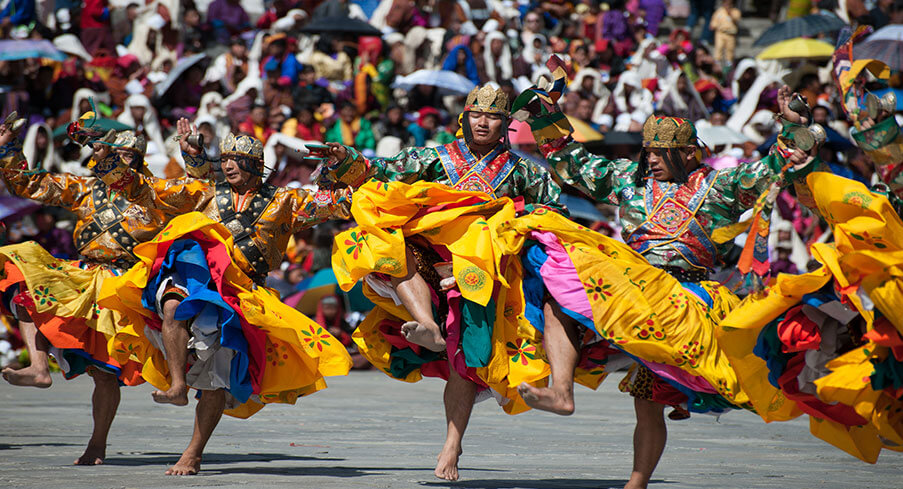
- Festivals of Bhutan – Integral Part of Bhutan’s Culture
The festivals in Bhutan are an exciting affair in the life of the Bhutanese and an integral part of the unique culture of Bhutan. The most important Bhutanese festival is tshechu. Every city has its tshechu, which lasts for 3-5 days. It falls on a particular day of a Lunar month (for example, the 10th day of the 2nd Lunar month). It is generally held in a dzong, where people from the entire district and the surrounding places gather in harmony to be a part of a mass celebration.
Masked dances or chham are the major attraction of a tshechu. Monks and laypeople wear silk robes and animal masks and re-enact the moments of Guru Rinpoche’s life in the form of dances. The last day of the tshechu usually witnesses the unfurling of a silk thongdrel. Seeing the thongdrel believes in washing away one’s sins.
- Traditional Dress of Bhutan – Cultural Aesthetics of the Country
Bhutanese culture mandates that the traditional dress be worn on special occasions and in government offices. Bhutanese men wear ‘Gho,’ and women wear ‘Kira.’ Gho is a heavy knee-length robe tied by a belt, and Kira is an ankle-length dress, over which a short jacket may be worn. These dresses have evolved. For example, the small pouches on the front of the dress were used to carry food bowls and tiny daggers, whereas now mobile phones, etc., are kept into it.
These dresses are made of cotton or wool, and dresses made out of silk are worn on special occasions. As per traditions, it is necessary to carry a scarf in a dzong or an administrative center. Men’s scarf is called kabney, and women’s scarf is called rachu.
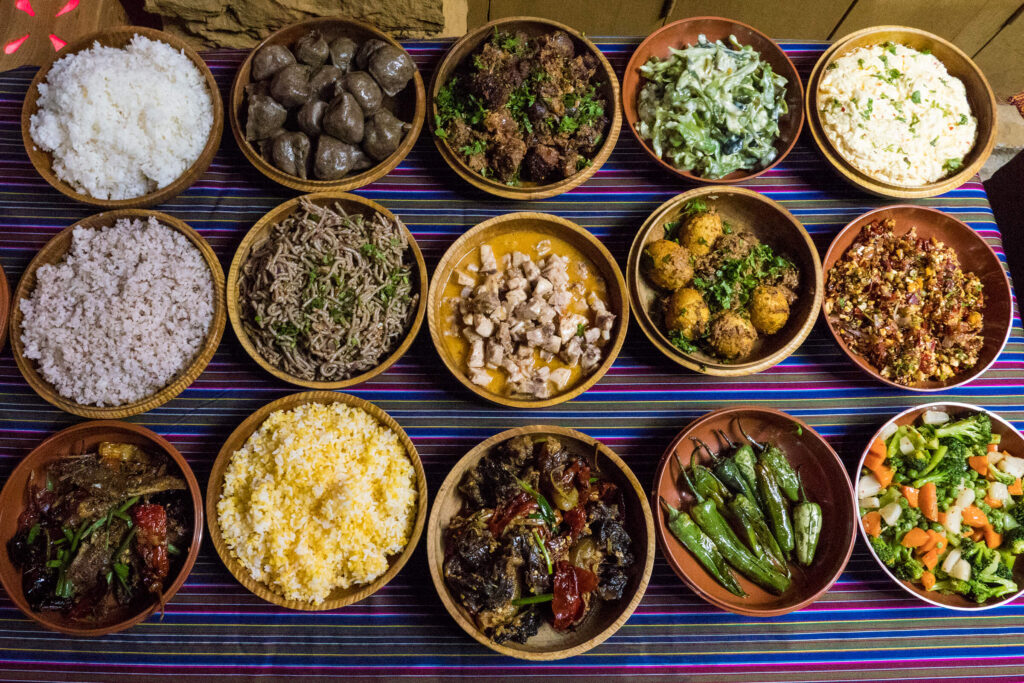
- Food of Bhutan – Cuisine & Culinary Delights of Bhutan
One of the most quintessential things about the culture of Bhutan is its simplicity. Hence it does not a surprise that its cuisine also reflects the same. Traditionally, food, cooked in earthenware, is eaten with hands by sitting cross-legged on the floor. However, cutlery and dining table are used now in cities, and food is cooked in modern utensils. Usually, the family woman serves the food to other members, and the eldest member is the first one to be done.
Ema Datshi is the national dish of Bhutan. It is eaten throughout the country and in almost every meal, and it usually consists of spicy chilies and cheese. Momos are yet another Bhutanese delicacy, and they are stuffed with pork, beef, or cabbages.
- Bhutanese Literature
In Bhutan, the primary focus has been on oral literature compared to written literature. For years, Bhutanese pass on their knowledge of religion, academics, and culture to the younger generation through a verbal medium.
However, in the written literature, much of it has been reported in the Nepalese language. This is because, before the 1960s, Nepalese was profusely spoken in the country.
- Music and Dances of Bhutan – Celebrations of the Country’s Legacy
Bhutan’s music and dance forms, primarily inspired by religion, are part of every festival and celebration in the country. The nation celebrates its legacy by dancing and singing in annual events such as tshechus, the king’s birthday, etc. Chham dances, or masked dances, are the national forms of dancing, and they are majorly the reenactment of the scenes from Guru Rinpoche’s life.
During dancing, one group person plays a musical instrument called a symbol, which keeps track of time and adds melody to the performance. Joenpa Legso, Drametse Nga Cham, Pa Cham, etc., are some of the most popular cham dances performed. Among royalty, Zhungdra is the most popular of all.
The music ranges from folk to religion to modern, such as rigsar. Rigsar has been prevalent in Bhutan since sometime around the 1960s. Use of instruments, like lingm (six-holed flute), chiwang (two-stringed fiddle), dramnyen (a large rebec), etc. The lyrics are primarily in Dzongkha or choke.
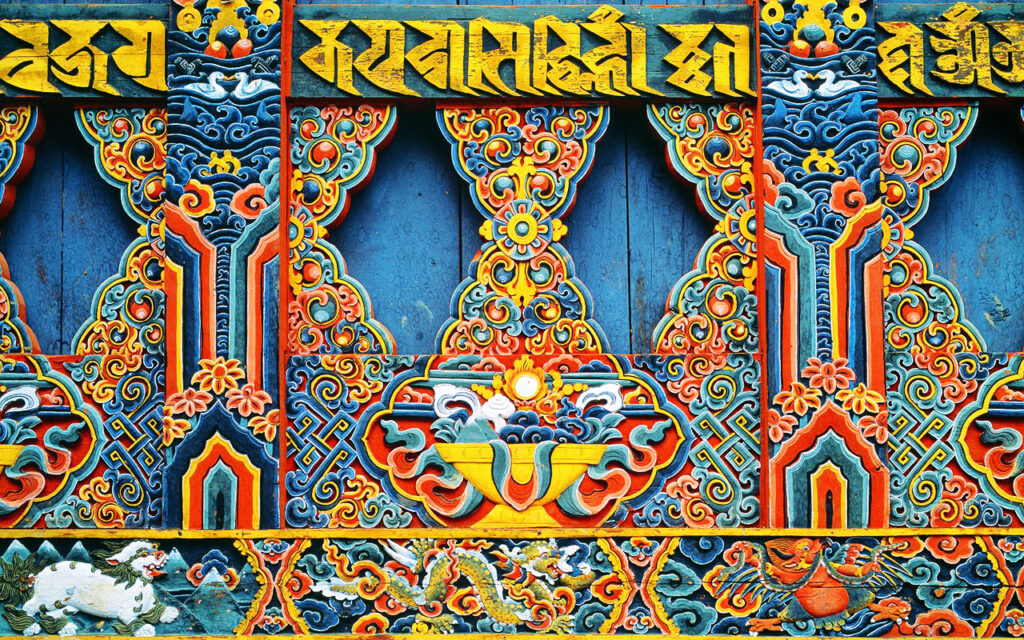
- Art of Bhutan – Wall Paintings and Sculptures that depicts Bhutan’s History
The Buddhist religion inspires various art forms in Bhutan. The country’s poetry, dance, music, paintings, and theatre are deep-rooted in the faith. Images include thangkas, wall paintings, and sculptures. Masked dances are the primary specialty, a reenactment of Guru Rinpoche’s life.
- Bhutanese Architecture – An Intricate Part of its Culture
Architecture is another feature that makes Bhutanese culture stand apart. Following the country’s geography and climate, the traditional architecture, including sloped roofs, earthen walls, and intricate wooden work, still thrive. Phalluses on the wall are considered sacred, and no iron nail is used in the construction.
Bhutanese culture is one of the very few cultures globally celebrated and a source of pride for every citizen. Each day sees its people respecting and embracing the unique culture in its proper form and working hard to preserve and promote the values set forth. Maybe this is why it impacts every individual who wanders through the country.
Visit MakeMyTrip for bookings. Also, have a look at our various monthly issues.

